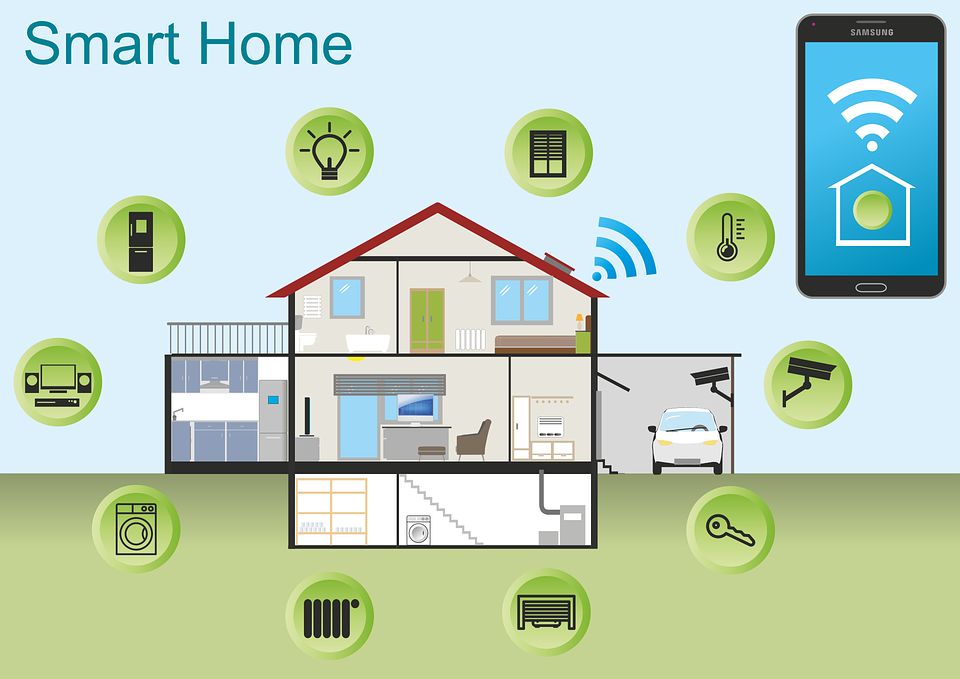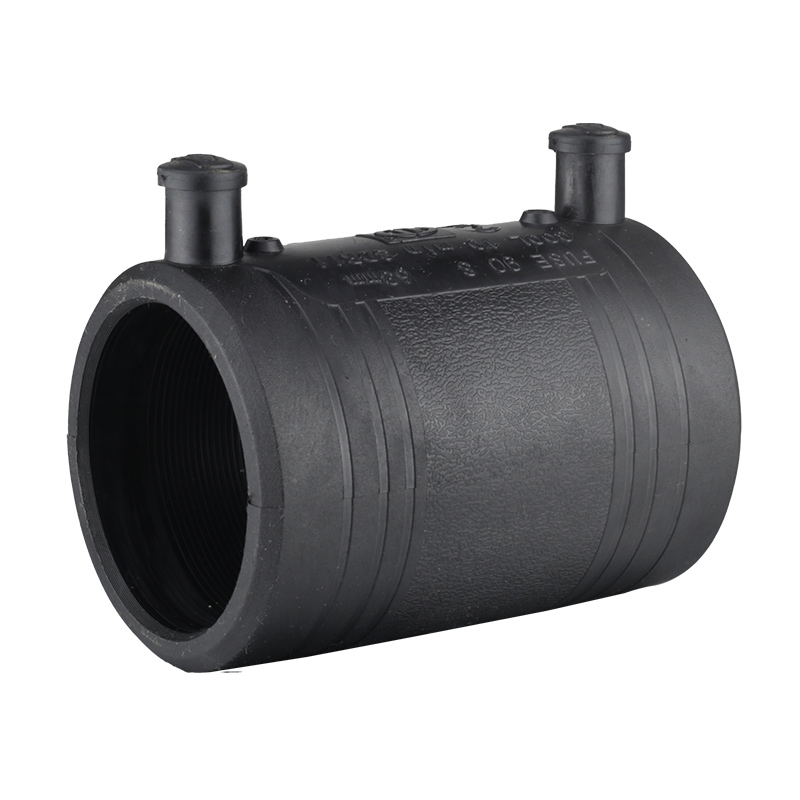In recent years, the Internet of Things (IoT) has revolutionized the way we interact with our homes, making them smarter and more convenient. However, with this increased connectivity comes a host of security challenges that must be addressed to ensure the safety and privacy of our smart homes. In this article, we will delve into the various security issues in IoT smart homes and explore effective strategies to mitigate these risks.
- Vulnerabilities in Device Authentication:
One of the primary security concerns in IoT smart homes is the lack of robust device authentication. Many IoT devices are shipped with default usernames and passwords, making them easy targets for hackers. Additionally, weak encryption protocols and outdated firmware further exacerbate the vulnerability of these devices. Manufacturers must prioritize strong authentication mechanisms and regularly update their firmware to protect against unauthorized access. - Inadequate Data Encryption:
IoT devices generate and transmit vast amounts of sensitive data, including personal information and user behavior patterns. Without proper encryption, this data becomes susceptible to interception and misuse. Implementing end-to-end encryption protocols, such as Transport Layer Security (TLS), is crucial to safeguarding the privacy of IoT smart homes. - Insufficient Network Security:
IoT devices rely on wireless networks for communication, making them potential entry points for cyberattacks. Weak Wi-Fi passwords, unsecured networks, and outdated router firmware create opportunities for unauthorized access. Strengthening network security through the use of strong passwords, regular firmware updates, and network segmentation can significantly reduce the risk of intrusion. - Lack of Device Patching and Updates:
Many IoT devices lack a mechanism for automatic patching and updates, leaving them vulnerable to known security flaws. Manufacturers should prioritize the development of secure update mechanisms to ensure that devices receive timely security patches and firmware updates. Additionally, users must be educated on the importance of regularly updating their IoT devices to protect against emerging threats. - Privacy Concerns:
IoT smart homes collect a vast amount of personal data, raising concerns about privacy. Unauthorized access to this data can lead to identity theft, surveillance, and other malicious activities. Implementing privacy-by-design principles, such as data minimization and user consent, can help mitigate these risks and ensure that user privacy is protected.
Conclusion:
As IoT smart homes continue to gain popularity, it is crucial to address the security challenges that accompany this technological advancement. By prioritizing robust device authentication, implementing strong encryption protocols, strengthening network security, ensuring regular device patching and updates, and safeguarding user privacy, we can create a secure and trustworthy IoT ecosystem. Only through proactive measures and collaboration between manufacturers, users, and policymakers can we fully unlock the potential of IoT smart homes while keeping security risks at bay.





More Stories
Maximizing Retail Space with Innovative Display Hooks
Why Bluetooth Water Bottles Are Becoming Popular Among Fitness Enthusiasts
Customizing Intelligent Circulation Fan Remote Controls for OEM and ODM Projects